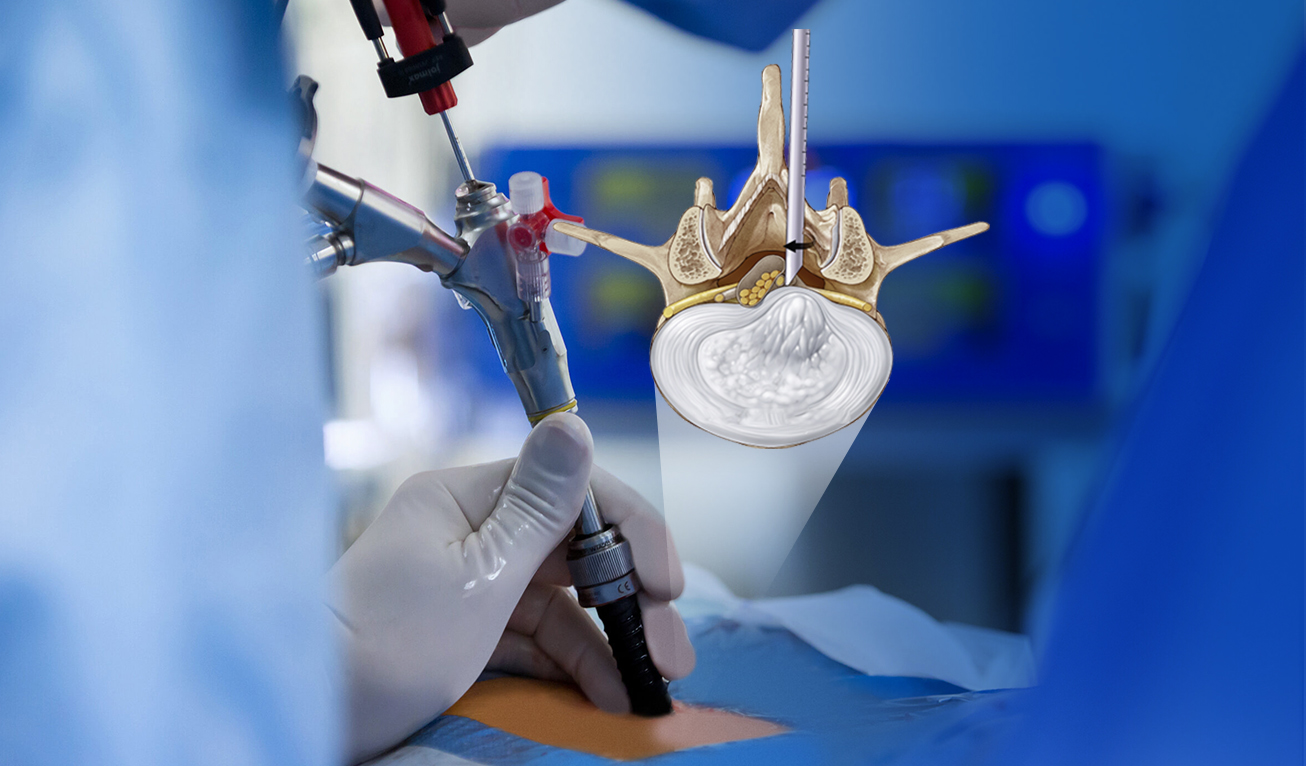
Greetings to our esteemed medical community!
We are excited to bring you the latest updates on the evolution of spine endoscopic surgery in our newsletter. Over the years, this field has seen remarkable advancements driven by various factors such as improved instruments, surgical techniques, expanded indications, and enhanced knowledge dissemination through cadaveric workshops and training programs.
Let's take a closer look at some of the significant milestones in the history of spine endoscopic surgery. In 1991, Kambin described the safe transforaminal triangle of safety, which defined anatomical landmarks for accessing the disc space without injuring the exiting nerve root, laying the foundation for safer procedures. In 1997, Yeung introduced multichannel endoscopes with saline irrigation, improving visualization and irrigation of the surgical field.
Different surgical techniques like inside-out, outside-in, and half-and-half were developed by pioneers such as Hoogland, Ruetten, Lee, Choi, Kim, and others. Advancements in endoscopic instruments and equipment, including radiofrequency probes, laser devices, shavers, trephines, drills, cages, screws, and rods, have enabled more effective and versatile procedures. The application of endoscopic techniques has also expanded to treat thoracic spine disorders, such as disc herniation, spinal cord compression, and infections, thanks to the efforts of Kim and others.
Innovation continues to drive the field forward, with techniques like transforaminal endoscopic interbody fusion (TEIF) allowing for spinal stabilization and fusion through a minimally invasive approach, as pioneered by Lewandrowski and others. The indications for transforaminal endoscopic spine surgery (T-ESS) have also been extended to include foraminal stenosis, synovial cysts, epidural fibrosis, facet joint cysts, tumours, infections, and deformity correction by various researchers.
To keep up with the rapid pace of advancements, cadaveric endoscopic workshops have been established to provide hands-on training and education for spine surgeons. These workshops cover a wide range of topics, including the basic principles and concepts of spine endoscopic surgery, the selection and use of appropriate instruments and equipment, the performance of different surgical techniques and approaches, the management of potential challenges and complications, and the evaluation of postoperative results and follow-up care.
GHA is poised to supplement the healthcare industry through its CME learning programs and initiatives. We’re glad to inform you all that we recently conducted a successful spine endoscopic cadaveric workshop aimed at providing participants with hands-on training and advanced techniques using cadaveric specimens, allowing them to learn and practice in a controlled and realistic environment.
Our experienced spine surgeons and experts in endoscopic procedures guided participants through the intricacies of spine endoscopy, covering topics such as patient selection, surgical planning, instrument handling, and procedural nuances. The workshop also included interactive case discussions, video demonstrations, and live surgical simulations, providing ample opportunities for participants to clarify doubts and gain practical insights.
Attending such workshops can have a significant impact on the careers of CME doctors and practitioners. By learning new technologies and methods adopted in spine surgery, participants can expand their skill set, increase their surgical repertoire, and offer enhanced patient care. The workshops also offer excellent networking opportunities, allowing participants to connect with like-minded professionals, exchange ideas, and build collaborations.
The knowledge and skills gained from these workshops can enhance participants' credibility, competitiveness, and marketability in the field of spine surgery, empowering them to stay ahead in their respective careers.
Spine endoscopic surgery is not just a technique but also an art that requires constant learning and practice. The advancements in endoscopic techniques have emerged as a game-changer, allowing for minimally invasive procedures with reduced postoperative complications and faster recovery times. We are excited to continue sharing the latest updates and insights on spine endoscopic surgery with our esteemed readers.
Stay tuned for more exciting developments in this rapidly evolving & fascinating field!
Best regards,
GHA